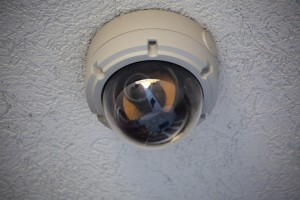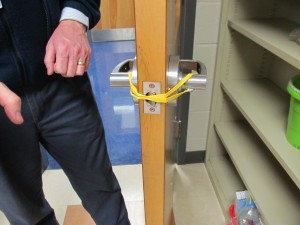Evidence-based Procedures
SafeSchools Training announced a a new Active Shooter for Administrators course, written by Michael and Chris Dorn. The course outlines methods to improve the odds of survival during an active shooter event, using evidence-based procedures.
From the article, “Developed in conjunction with Michael and Chris Dorn of Safe Havens International, the new SafeSchools Training Active Shooter for Administrators online course provides an overview for administrators that focuses on techniques that are proven to reduce the likelihood of violence on campus or, in the event of a violent incident, increases the likelihood of safety for students and staff. For instance, the course covers research-based strategies – such as Enhanced School Lockdown – that can be used in response to an active shooter on campus. This course is intended to be used along with a district’s Emergency Operations Plan or Crisis Response Plan.”
Analysis
There are numerous training programs that schools are using to prepare themselves for an Active Shooter Incident (ASI). Very few of them use evidence-based procedures. It seems that they are either grasping at proverbial straws to show that they are doing something, or are accepting what law enforcement officers are offering without using a critical eye on the programs they are implementing in schools. It is not an either/or proposition.
Schools need to critically analyze any program they implement for children, especially when it involves a child’s safety. In schools, data and research drive their educational decisions, so why not safety decisions?
After Sandy Hook, it is natural that schools and parents take a critical look at how schools prepare for ASI’s. A critical evaluation should include a look at any research and data that helps identify the true scope of the problem, as well as the nature of any response that might be developed. The lives of our children demand this, and are too important to entrust to unproven procedures.

